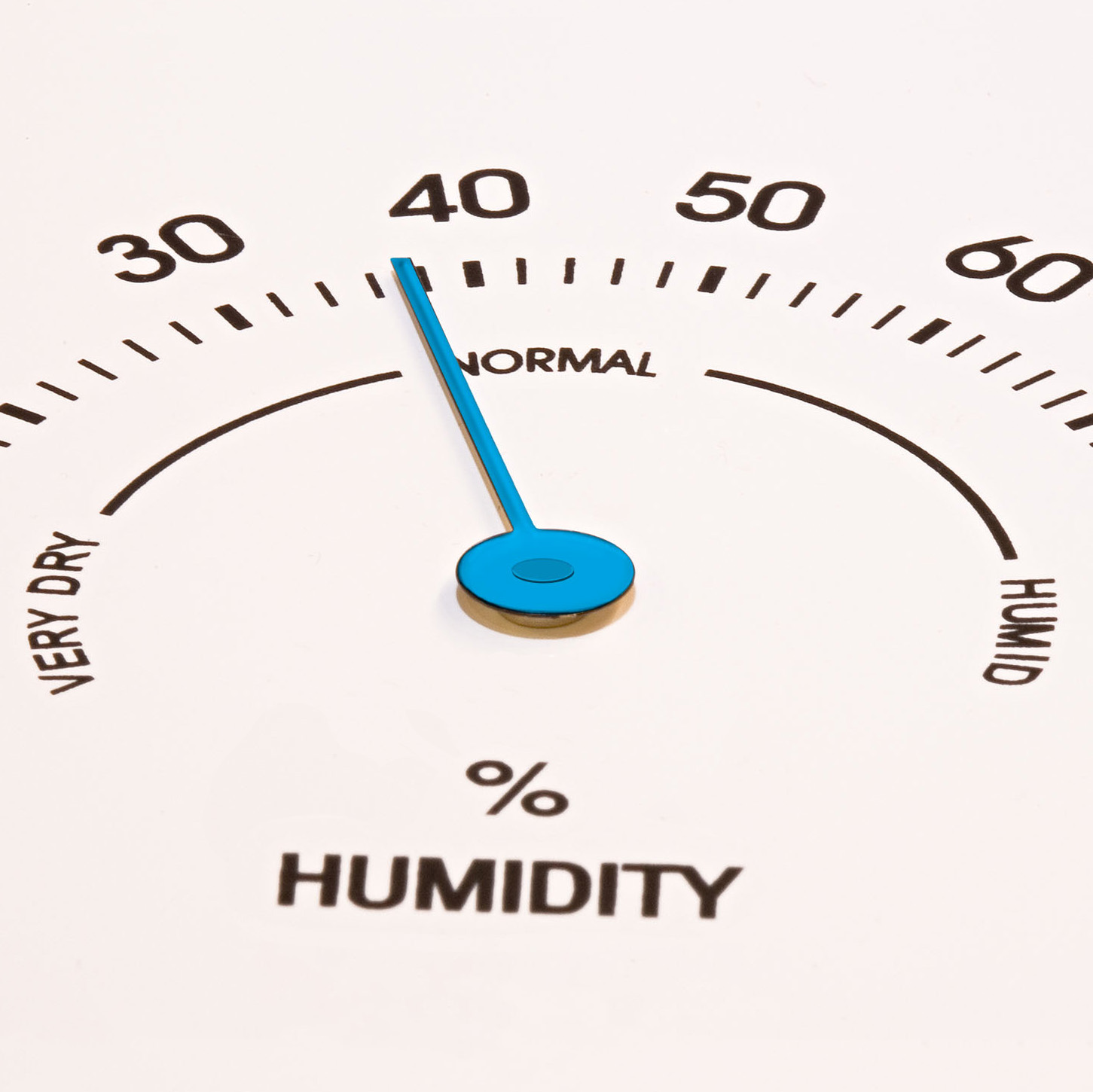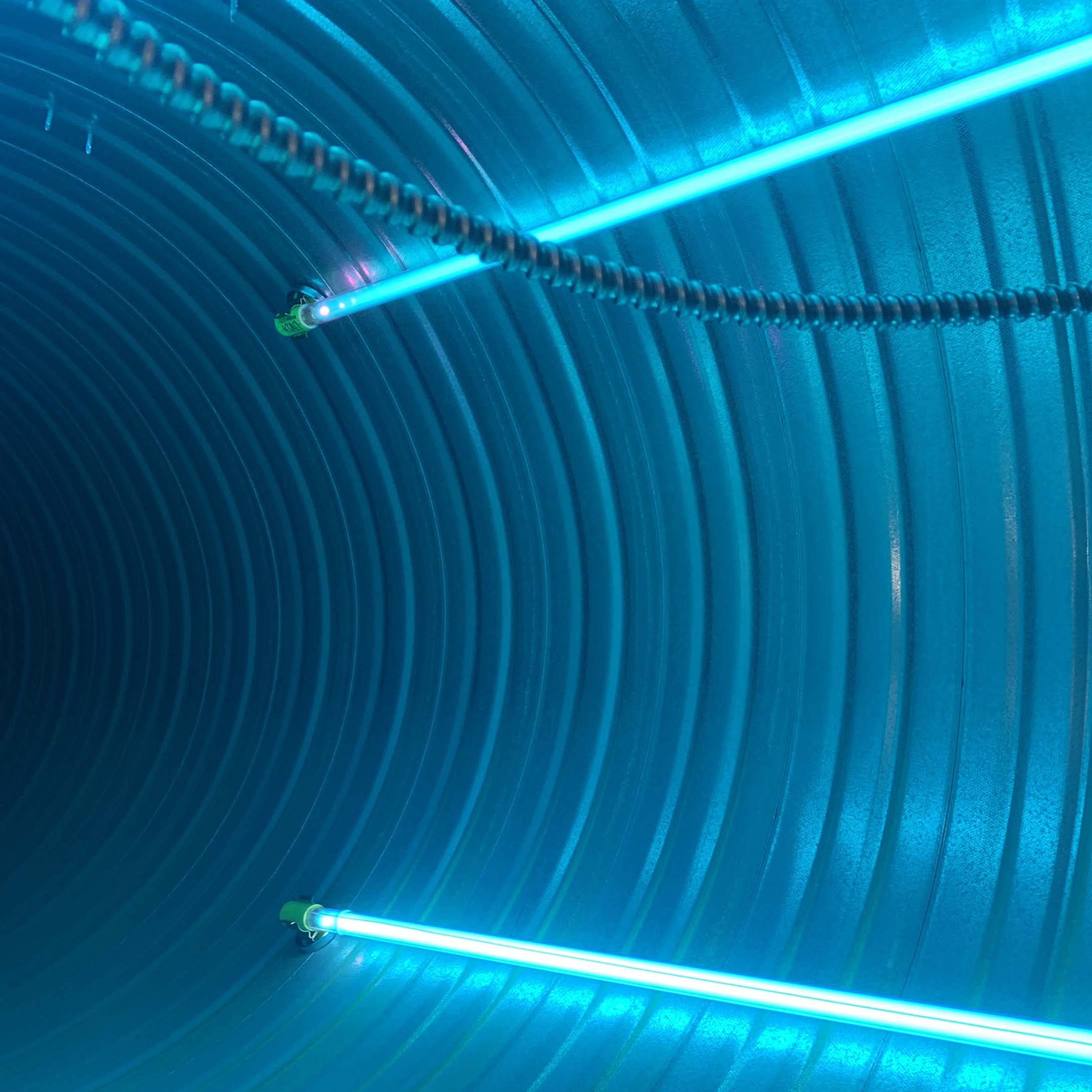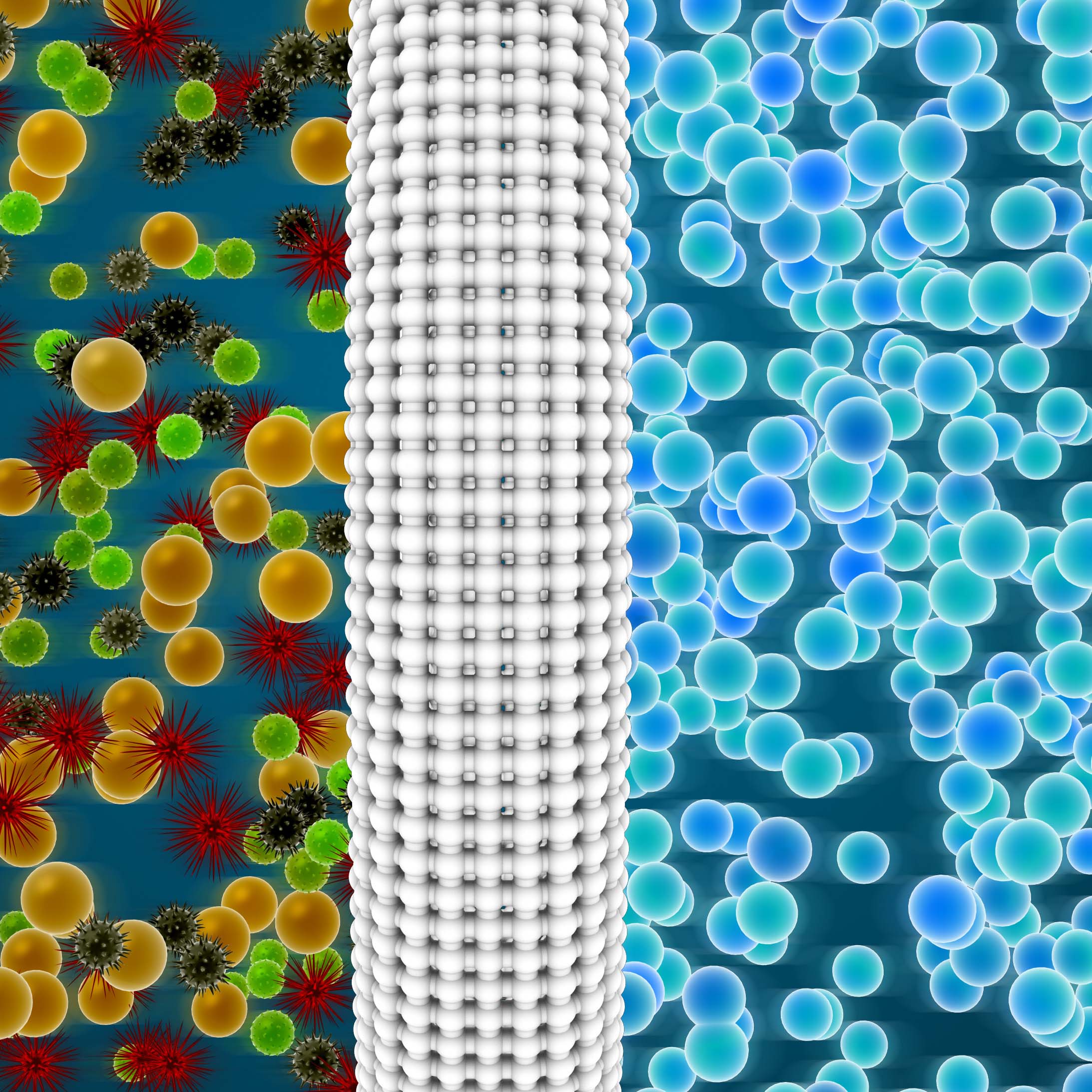
COVID White Paper Series-05
 David Van der Vossen PE
David Van der Vossen PE
Senior VP of Engineering
LEED AP BD+C, CGD
Last week’s discussion focused on the industry standard for air sanitization, UVGI. Unfortunately, there are many circumstances which may present in which UVGI is not an ideal solution. In those cases, the industry tends to look towards bi-polar ionization. This is different than the Corona Discharge ionization of the past. Corona discharge ionization is a glass tube ionizer technology which has been mostly retired because it typically created ozone as a by-product. Any air-cleaning device that uses electricity during air cleaning process has the potential to generate ozone. ASHRAE Position Document on Filtration and Air Cleaning
Current Bi-polar ionization technologies should be specified to meet UL-2998 as an ozone free technology.
Bi-polar ionizers are typically mounted inside HVAC units or ductwork, although some manufacturers have come up with more unique mounting locations such as on the fan blade tips of ceiling fans. Proven Technology to Fight Pathogens | Clean Air System The variety of installation types is what makes bi-polar ionization flexible enough to be able to be installed in situations in which UVGI may not be appropriate. Manufacturers have developed devices that can be installed in almost any HVAC air handler without concern about the allowable space or materials that may break down due to UV exposure.
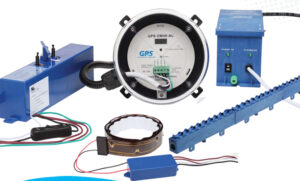
https://globalplasmasolutions.com/
Bi-polar ionization works in two ways when used to reduce the concentration of active COVID-19 in the air. The ionizer creates negatively and positively charged ions in the air. These ions are unbalanced and will react with other molecules until they stabilize. For COVID-19, the negative ions are attracted to the positive hydrogen ions on the outer protein layer of the COVID-19 virus. This reaction steals the hydrogen atom from the surface of the virus, creating H2O, breaks down the surface protein and deactivates the virus.

Home (writenowmarketingproofs.com)
The second way bi-polar ionization reduces the concentration of COVID-19 is by increasing the effectiveness of filtration systems. By releasing charged atoms into the air stream, particles and micro-particles become attracted to each other forming larger particles that are more easily filtered out of the air stream. Ionization has been shown to increase the effective MERV rating of a filter 4-5 MERV levels. Filter-Data.pdf (globalplasmasolutions.com)
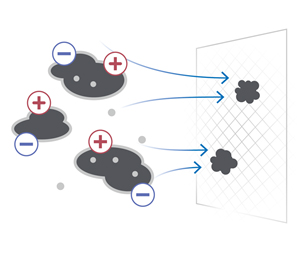
Plasma Air: Technology (plasma-air.com)
So, if it works so well, why does it play second fiddle to UVGI? The answer is fairly straight forward, UVGI has double blind studies indicating better health outcomes and bi-polar ionization has not yet had similar studies completed and as a result, the CDC says:
“Relative to many other air cleaning or disinfection technologies, needlepoint bi-polar ionization has a less-documented track record regarding cleaning/disinfecting large and fast volumes of moving air within heating, ventilation, and air conditioning (HVAC) systems. This is not to imply that the technology does not work as advertised, only that in the absence of an established body of evidence reflecting proven efficacy under as-used conditions, the technology is still considered by many to be an “emerging technology”. https://www.ashrae.org/technical-resources/filtration-disinfection
ASHRAE states:
“Convincing scientifically-rigorous, peer-reviewed studies do not currently exist on this emerging technology; manufacturer data should be carefully considered.”
https://www.ashrae.org/technical-resources/filtration-disinfection
This “emerging technology” designation is enough of an asterisk that most engineers will try to utilize UVGI first if possible. While ASHRAE and the CDC take a similar position, many hospitals have implemented the technology over the years. Bipolar Ionization Could Be a Secret Weapon Against COVID-19 (businessinsider.com)
Bi-polar ionization also works on odors and VOC’s. Plasma Air: Technology (plasma-air.com) Oxygen ions that are created by the ionizer interact with odorous gases, aerosols and VOC’s which neutralize or break down their structure.
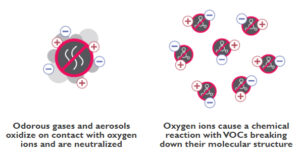
Plasma Air: Technology (plasma-air.com)
The other benefit that bi-polar ionization offers is it can be utilized as an alternative method per ASHRAE 62.1 to calculate required ventilation rates in a building. Frequently in more densely populated spaces it may be hard to provide the required outdoor air per the applicable code. Most codes allow you to use the Indoor Air Quality Procedure (IAQP) published in ASHRAE 62.1. This procedure looks at the Contaminants of Concern (COC) within a space. If you can lower the COC’s through air cleaning methods rather than just diluting with outdoor air, then you can reduce the amount of outdoor air being provided. Updated Standard 62.1 | ashrae.org This methodology provides alternative methods to meet ventilation requirements rather then increasing equipment and duct sizes, which can lead to installation and operational savings.
Installation costs typically range between $0.40 to $0.70 per square foot of room area being treated.
Should bi-polar manufacturers work together to establish a field of double-blind studies looking at the health outcomes of long term use of their products, they may move from being an “emerging technology” to an industry standard for engineers to utilize on a regular basis.
Engineering Tomorrow
At Allen + Shariff, we believe in providing innovative and efficient MEP engineering solutions to our clients. Contact us for more information on our ongoing blog series, to participate in a registered AIA seminar, or learn more about how you can partner with our team.
Contact Dave Van der Vossen at 910-218-3856 for details.
COVID-19 White Paper Series

COVID White Paper Series-05
 David Van der Vossen PE
David Van der Vossen PE
Senior VP of Engineering
LEED AP BD+C, CGD
Last week’s discussion focused on the industry standard for air sanitization, UVGI. Unfortunately, there are many circumstances which may present in which UVGI is not an ideal solution. In those cases, the industry tends to look towards bi-polar ionization. This is different than the Corona Discharge ionization of the past. Corona discharge ionization is a glass tube ionizer technology which has been mostly retired because it typically created ozone as a by-product. Any air-cleaning device that uses electricity during air cleaning process has the potential to generate ozone. ASHRAE Position Document on Filtration and Air Cleaning
Current Bi-polar ionization technologies should be specified to meet UL-2998 as an ozone free technology.
Bi-polar ionizers are typically mounted inside HVAC units or ductwork, although some manufacturers have come up with more unique mounting locations such as on the fan blade tips of ceiling fans. Proven Technology to Fight Pathogens | Clean Air System The variety of installation types is what makes bi-polar ionization flexible enough to be able to be installed in situations in which UVGI may not be appropriate. Manufacturers have developed devices that can be installed in almost any HVAC air handler without concern about the allowable space or materials that may break down due to UV exposure.

https://globalplasmasolutions.com/
Bi-polar ionization works in two ways when used to reduce the concentration of active COVID-19 in the air. The ionizer creates negatively and positively charged ions in the air. These ions are unbalanced and will react with other molecules until they stabilize. For COVID-19, the negative ions are attracted to the positive hydrogen ions on the outer protein layer of the COVID-19 virus. This reaction steals the hydrogen atom from the surface of the virus, creating H2O, breaks down the surface protein and deactivates the virus.

Home (writenowmarketingproofs.com)
The second way bi-polar ionization reduces the concentration of COVID-19 is by increasing the effectiveness of filtration systems. By releasing charged atoms into the air stream, particles and micro-particles become attracted to each other forming larger particles that are more easily filtered out of the air stream. Ionization has been shown to increase the effective MERV rating of a filter 4-5 MERV levels. Filter-Data.pdf (globalplasmasolutions.com)

Plasma Air: Technology (plasma-air.com)
So, if it works so well, why does it play second fiddle to UVGI? The answer is fairly straight forward, UVGI has double blind studies indicating better health outcomes and bi-polar ionization has not yet had similar studies completed and as a result, the CDC says:
“Relative to many other air cleaning or disinfection technologies, needlepoint bi-polar ionization has a less-documented track record regarding cleaning/disinfecting large and fast volumes of moving air within heating, ventilation, and air conditioning (HVAC) systems. This is not to imply that the technology does not work as advertised, only that in the absence of an established body of evidence reflecting proven efficacy under as-used conditions, the technology is still considered by many to be an “emerging technology”. https://www.ashrae.org/technical-resources/filtration-disinfection
ASHRAE states:
“Convincing scientifically-rigorous, peer-reviewed studies do not currently exist on this emerging technology; manufacturer data should be carefully considered.”
https://www.ashrae.org/technical-resources/filtration-disinfection
This “emerging technology” designation is enough of an asterisk that most engineers will try to utilize UVGI first if possible. While ASHRAE and the CDC take a similar position, many hospitals have implemented the technology over the years. Bipolar Ionization Could Be a Secret Weapon Against COVID-19 (businessinsider.com)
Bi-polar ionization also works on odors and VOC’s. Plasma Air: Technology (plasma-air.com) Oxygen ions that are created by the ionizer interact with odorous gases, aerosols and VOC’s which neutralize or break down their structure.

Plasma Air: Technology (plasma-air.com)
The other benefit that bi-polar ionization offers is it can be utilized as an alternative method per ASHRAE 62.1 to calculate required ventilation rates in a building. Frequently in more densely populated spaces it may be hard to provide the required outdoor air per the applicable code. Most codes allow you to use the Indoor Air Quality Procedure (IAQP) published in ASHRAE 62.1. This procedure looks at the Contaminants of Concern (COC) within a space. If you can lower the COC’s through air cleaning methods rather than just diluting with outdoor air, then you can reduce the amount of outdoor air being provided. Updated Standard 62.1 | ashrae.org This methodology provides alternative methods to meet ventilation requirements rather then increasing equipment and duct sizes, which can lead to installation and operational savings.
Installation costs typically range between $0.40 to $0.70 per square foot of room area being treated.
Should bi-polar manufacturers work together to establish a field of double-blind studies looking at the health outcomes of long term use of their products, they may move from being an “emerging technology” to an industry standard for engineers to utilize on a regular basis.
Engineering Tomorrow
At Allen + Shariff, we believe in providing innovative and efficient MEP engineering solutions to our clients. Contact us for more information on our ongoing blog series, to participate in a registered AIA seminar, or learn more about how you can partner with our team.
Contact Dave Van der Vossen at 910-218-3856 for details.




